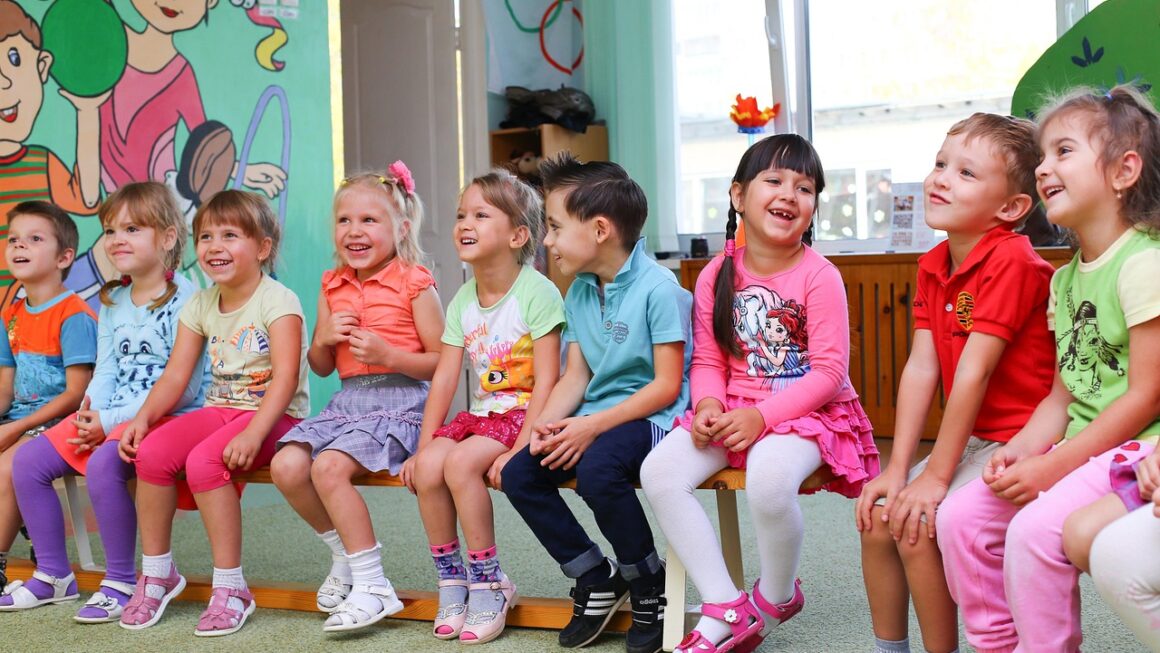Navigating the journey of parenthood is rewarding, yet it comes with its own unique set of challenges. Guiding children towards becoming responsible, well-adjusted adults requires patience, understanding, and a consistent approach. Effective child guidance is more than just discipline; it’s about fostering a supportive environment where children can learn, grow, and develop essential life skills. This blog post delves into the core principles of child guidance, offering practical strategies and tips to help you nurture your child’s potential and build a strong, positive relationship.
Understanding Child Guidance
What is Child Guidance?
Child guidance encompasses the strategies and techniques parents and caregivers use to help children develop self-control, make responsible choices, and behave in socially acceptable ways. It’s not about controlling a child, but rather about teaching them how to control themselves. This involves:
- Setting Clear Expectations: Establishing rules and boundaries that are age-appropriate and consistently enforced.
- Teaching Social Skills: Helping children understand how to interact positively with others, including sharing, empathy, and conflict resolution.
- Promoting Self-Regulation: Guiding children to manage their emotions, impulses, and behaviors effectively.
- Building Positive Relationships: Creating a warm, supportive, and responsive environment where children feel safe and loved.
Why is Child Guidance Important?
Effective child guidance lays the foundation for a child’s future success and well-being. The benefits extend far beyond the immediate situation:
- Improved Social-Emotional Development: Children learn to understand and manage their emotions, leading to healthier relationships.
- Enhanced Self-Esteem: Feeling supported and understood builds confidence and a positive self-image.
- Better Academic Performance: Children who can regulate their behavior are better able to focus and succeed in school.
- Reduced Behavioral Problems: Consistent guidance helps prevent or minimize disruptive behaviors.
- Increased Resilience: Children learn to cope with challenges and bounce back from setbacks.
Positive Discipline Techniques
Focus on Positive Reinforcement
Positive reinforcement involves rewarding desired behaviors to encourage their repetition. This is often more effective than punishment in the long run.
- Verbal Praise: Offer specific praise, such as “I appreciate how you helped your sibling clean up their toys.”
- Tangible Rewards: Use stickers, small toys, or extra privileges to reward good behavior, especially for younger children. (Use sparingly and avoid bribery).
- Quality Time: Spend dedicated time with your child, engaging in activities they enjoy.
- Example: When your child shares their toys with a friend, acknowledge their kindness with a statement like, “That was very kind of you to share your toys with Sarah. Sharing is a great way to make friends!”
Setting Clear and Consistent Boundaries
Children thrive in environments where they know what is expected of them. Clear and consistent boundaries provide a sense of security and predictability.
- Establish Rules Together: Involve children in creating household rules to increase their sense of ownership and compliance.
- Explain the Reasons Behind the Rules: Help children understand why rules are in place, such as “We brush our teeth before bed to keep them healthy.”
- Enforce Rules Consistently: Avoid making exceptions unless absolutely necessary, as inconsistency can lead to confusion and frustration.
- Example: Implement a consistent bedtime routine, even on weekends, to promote healthy sleep habits.
Using Logical Consequences
Logical consequences are outcomes that are directly related to a child’s behavior. They teach responsibility and accountability.
- Natural Consequences: Allow natural consequences to occur when safe and appropriate, such as letting a child experience the cold when they refuse to wear a coat (within safe temperature ranges).
- Related Consequences: Implement consequences that are logically related to the behavior, such as having a child clean up a mess they made.
- Avoid Punitive Consequences: Focus on teaching rather than punishing. Avoid consequences that are harsh, humiliating, or unrelated to the behavior.
- Example: If a child refuses to clean up their toys, they may lose access to those toys for a specified period.
Understanding Child Development
Age-Appropriate Expectations
It’s crucial to understand what behaviors are typical for each age group. Expecting too much or too little can be detrimental.
- Toddlers (1-3 years): Focus on teaching basic skills like sharing, taking turns, and following simple instructions. Temper tantrums are common, so patience and redirection are key.
- Preschoolers (3-5 years): Encourage independence, creativity, and social interaction. Help them understand and manage their emotions.
- School-Age Children (6-12 years): Promote responsibility, problem-solving skills, and empathy. Provide opportunities for them to make choices and learn from their mistakes.
- Adolescents (13-18 years): Foster independence, critical thinking, and decision-making skills. Offer guidance and support while allowing them to explore their identity.
Temperament and Individual Differences
Every child is unique, with their own temperament and learning style. Tailor your guidance strategies to fit your child’s individual needs.
- Observe Your Child: Pay attention to your child’s strengths, weaknesses, and preferred ways of learning.
- Adapt Your Approach: Adjust your guidance techniques to suit your child’s personality. For example, a sensitive child may respond better to gentle encouragement than to strict discipline.
- Seek Professional Help: If you are struggling to manage your child’s behavior, consider seeking guidance from a child psychologist or therapist.
Effective Communication Strategies
Active Listening
Active listening involves paying attention to what your child is saying, both verbally and nonverbally. It demonstrates that you value their thoughts and feelings.
- Make Eye Contact: Show that you are engaged in the conversation.
- Ask Open-Ended Questions: Encourage your child to elaborate on their thoughts and feelings.
- Reflect Their Feelings: Acknowledge and validate your child’s emotions, such as “It sounds like you’re feeling frustrated.”
- Example: When your child tells you about a problem at school, listen attentively without interrupting. Ask clarifying questions and offer support.
Using “I” Statements
“I” statements allow you to express your feelings without blaming or accusing your child. This can help de-escalate conflicts and promote understanding.
- Describe Your Feelings: Start by stating how you are feeling, such as “I feel concerned…”
- Explain the Behavior: Describe the specific behavior that is causing you concern, such as “…when I see toys left all over the floor.”
- State the Impact: Explain how the behavior affects you or others, such as “…because someone could trip and get hurt.”
- Example: Instead of saying, “You are so messy!” try saying, “I feel frustrated when the toys are left on the floor because it makes the house look cluttered and unsafe.”
Positive Language
Using positive language can encourage cooperation and promote a more positive atmosphere. Focus on what you want your child to do, rather than what you don’t want them to do.
- Instead of Saying: “Don’t run in the house!”
- Try Saying: “Please walk in the house.”
- Instead of Saying: “Stop yelling!”
- Try Saying: “Please use a quieter voice.”
Conclusion
Effective child guidance is a journey, not a destination. It requires ongoing effort, patience, and a willingness to adapt your approach as your child grows and develops. By understanding the principles of child guidance, implementing positive discipline techniques, and communicating effectively, you can create a supportive environment where your child can thrive and reach their full potential. Remember that every child is unique, so tailor your guidance strategies to meet their individual needs and personality. Seek support when needed, and celebrate the small victories along the way. Building a strong, positive relationship with your child is the foundation for successful child guidance and a fulfilling journey for both of you.




